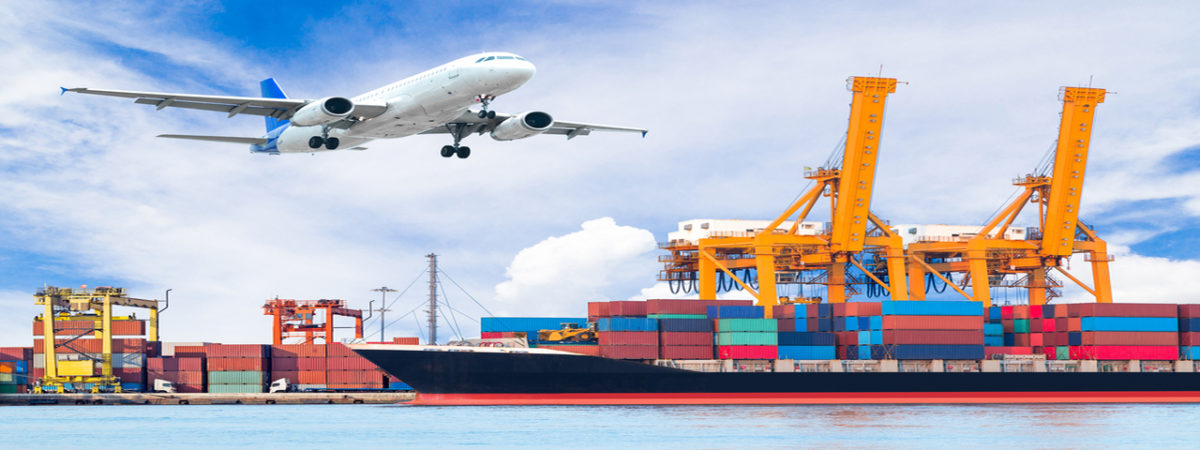Is protectionism making a comeback? (Part 1)
SUGGESTED



The problem with a question like this is that the answer is definitely not either “yes it is” or “no it isn’t”. There are several dimensions of the question to consider – and all of them are important. Those questions include:
- Are we living in a generation when trade has become more or less free as compared with the previous generation?
- Are there differences in different parts of the world?
- Has trade become less free over the last two or three years, or is it just the rhetoric that seems to imply that?
- If trade has become less free over the last two or three years, is this a turning of the tide or is it a blip?
The current conjuncture
The World Trade Organization reports regularly on the implementation of trade barriers and their removal. In their latest report they point to a spike in protectionist actions.
In the reporting period up to November 2018, there had been an increase from an average of $74billion of trade covered by new protectionist measures in each six-month period in the previous decade to $336billion in the last six-month period. This is a huge increase and the WTO reported that there were a number of measures in the pipeline which will, no doubt, come out in their next report.
A significant reason for this jump in trade protection measures is the approach of the US government to its relationship with China and with the EU. Tens of billions of dollars worth of goods from China are now subject to substantial US tariffs.
In the latest escalation of the trade war, the US has produced a 122-page list of new products subject to additional tariffs. These include nappies, clothing, shoes and dishwashers – products in which it is impossible to imagine the US having a comparative advantage and so the costs will be borne by US consumers through higher import prices from China or a shift to importing from less efficient third country producers. The plan is to impose tariffs on $300bn of goods by the end of the year.
In response, China has imposed tariffs on $60bn of US goods. The EU has also been brought into this spat, ostensibly in response to EU subsidies of Airbus (which it has to be said are impossible to justify). This aspect of the trade war is, so-far, small-scale. However, it is highly likely that this will escalate by the end of the year.
When there are integrated production lines operated by multinational corporations, these kinds of tariffs can have an impact on trade that transcends first-order effects and which is the opposite of that intended. So, for example, a tariff on Chinese car parts or on steel may make US car production more expensive and, therefore, potentially, lead to a reduction in finished US car exports to the EU and other countries.
The longer view
But what about the longer view? To examine this, we could use data from the Fraser Institute Economic Freedom of the World Index.
The index ranks freedom to trade by looking at a number of variables and using both quantitative and qualitative data to make a judgement on the extent of trade barriers. An index number is produced in the range of 0-10 where 10 represents a country totally open to trade.
In the last ten years, there has been a tiny increase in freedom to trade using an unweighted average of all countries in the world over all categories. It should be noted that there is a lag in this data and so it will not include the recent events.
If we look at the components of the overall index, there has been significant decrease in barriers to free of movement of people and of capital. There has also been a significant decrease in tariffs and other explicit barriers to trade. However, there has been a significant increase in regulatory barriers to trade.
Tariffs are now down to around an average of 3-5 per cent worldwide: there has been huge progress on eliminating tariffs.
Continue to Part 2




